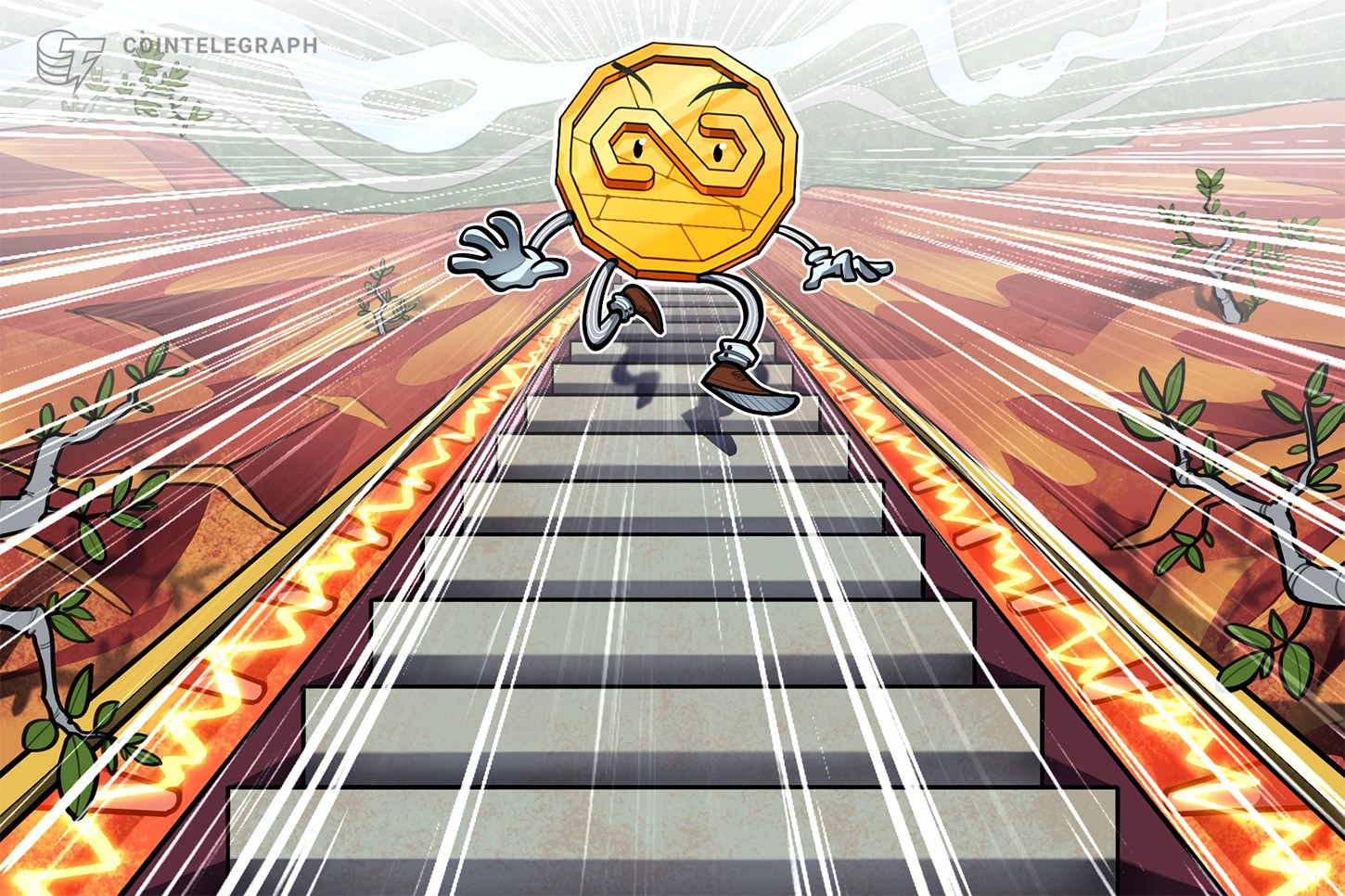According to the latest data from DefiLlama, the overall circulation of stablecoins has decreased by approximately $38 billion since early May. There are still $148.7 billion left in circulation, with the majority consisting of Tether (USDT) ($68.2 billion), USD Coin (USDC) ($46.7 billion), Binance USD ($21.4 billion), Dai (DAI) ($6.33 billion) and the Frax stablecoin (FRAX) ($1.33 billion).
Meanwhile, the yields on stablecoin borrowing and lending on decentralized protocols (DeFi) such as Aave have fallen sharply. Back in May, the annual variable percentage rates (APR) on Binance USD, USD Coin, and DAI loans stood around 3.5%. Their APRs have since fallen to about 1.5%. Meanwhile, their utilization rates, or the percentage of stablecoins taken out as loans versus total supplied, have also fallen to around 30% to 40%, whereas the optimal levels for the protocols are about 80%.
Unlike fiat deposits, stablecoins deposits do not automatically accrue interest due to their decentralized structure. Instead, users must place their funds at risk by lending them out or staking them on DeFi protocols. Borrowers then put the funds to work and pay lenders interest as consideration. However, recent interest rate hikes by the U.S. Federal Reserve have made fiat-dollar interest accounts more competitive while making it more costly to borrow. By proxy, this has decreased demand for stablecoin borrowing and lending.
The collapse of projects such as algorithmic stablecoin Terra USD has also dampened confidence in the stablecoin sector. In fact, the crumbling of USTC in May accounted for nearly 50% of the $38 billion stablecoin circulation plunge since then. Another stablecoin, Acala USD (aUSD), lost its peg in August after a protocol exploit caused 3.022 billion aUSD to be minted erroneously. The community has since voted to burn the vast majority of "tainted" aUSDs, but a small portion of glitched funds are still missing and was moved off the protocol. Stablecoins also face an uncertain future on the legislative side, with a draft bill in the U.S. House of Representatives proposing to ban algorithmic stablecoins for two years.
The community has since voted to burn the vast majority of "tainted" aUSDs, but a small portion of glitched funds are still missing and was moved off the protocol. Stablecoins also face an uncertain future on the legislative side, with a draft bill in the U.S. House of Representatives proposing to ban algorithmic stablecoins for two years.


